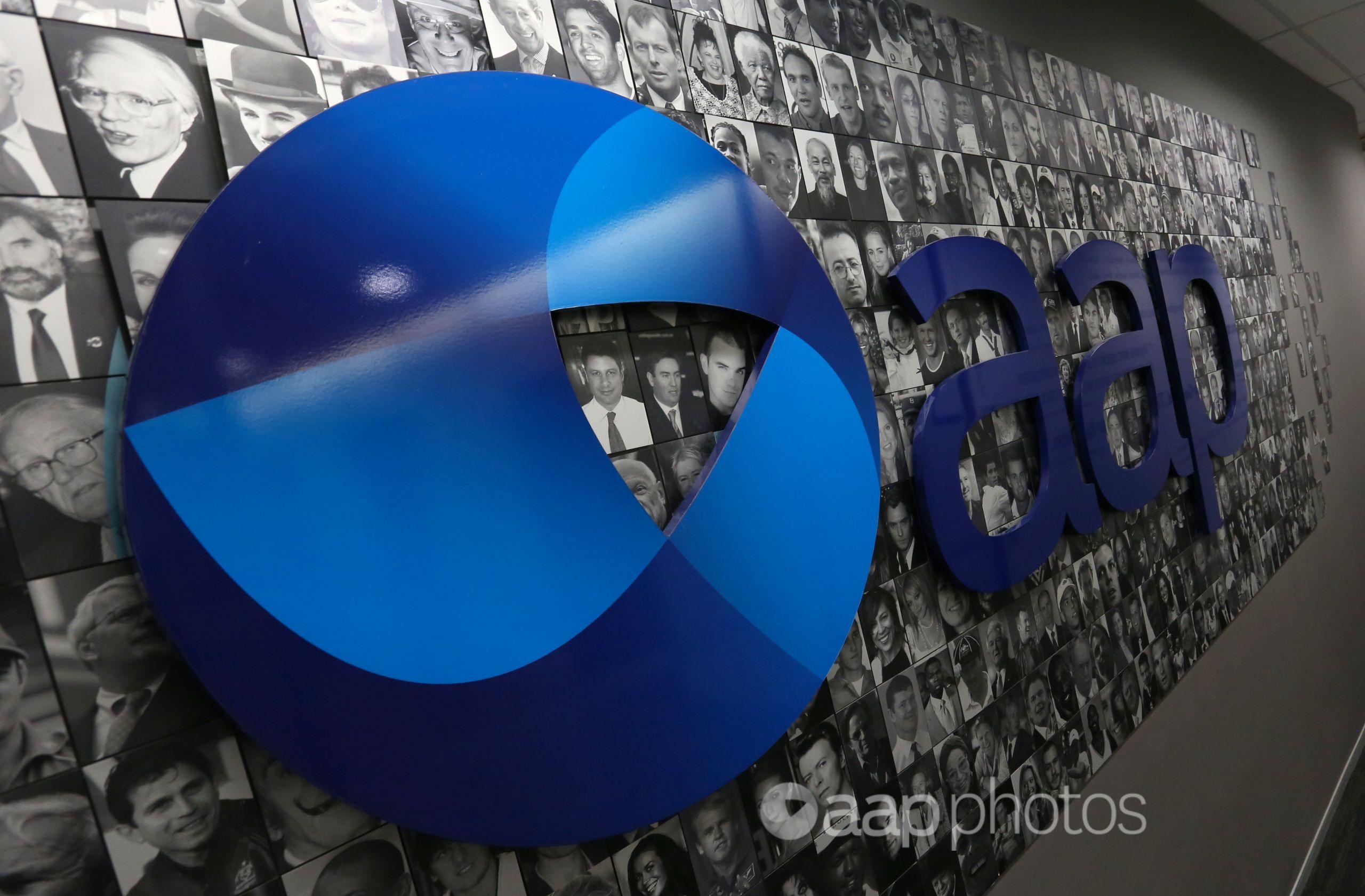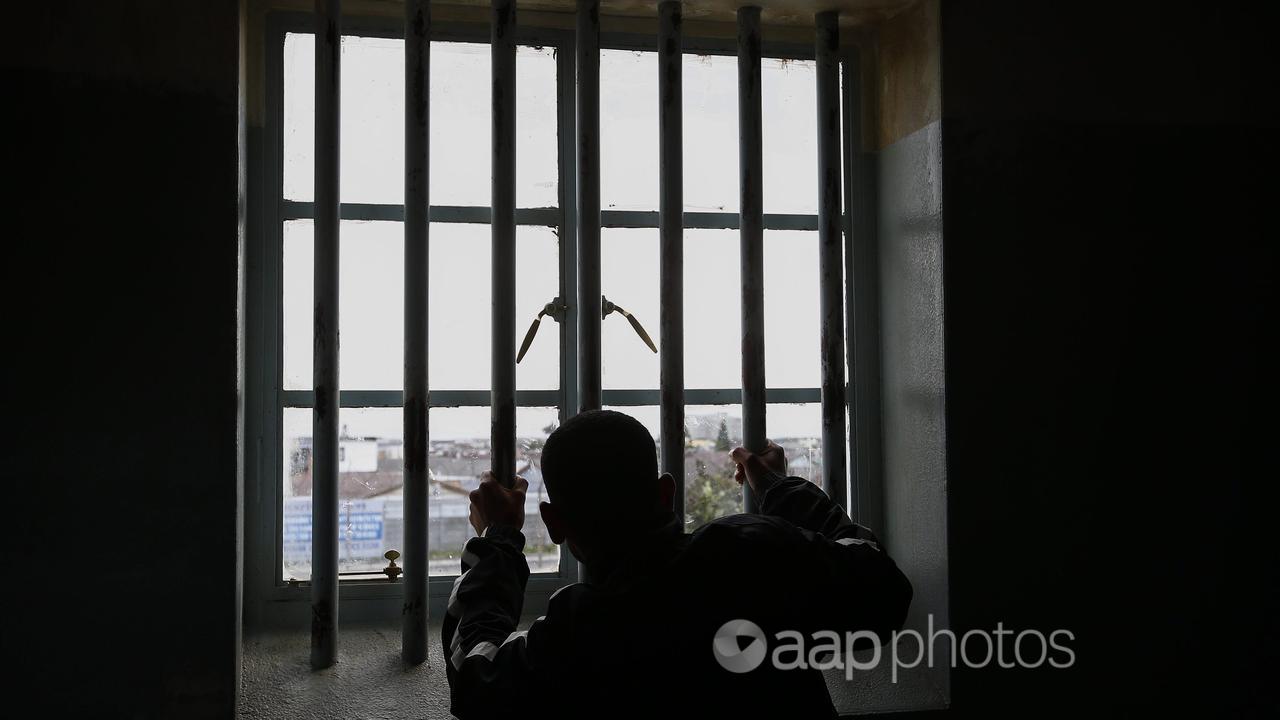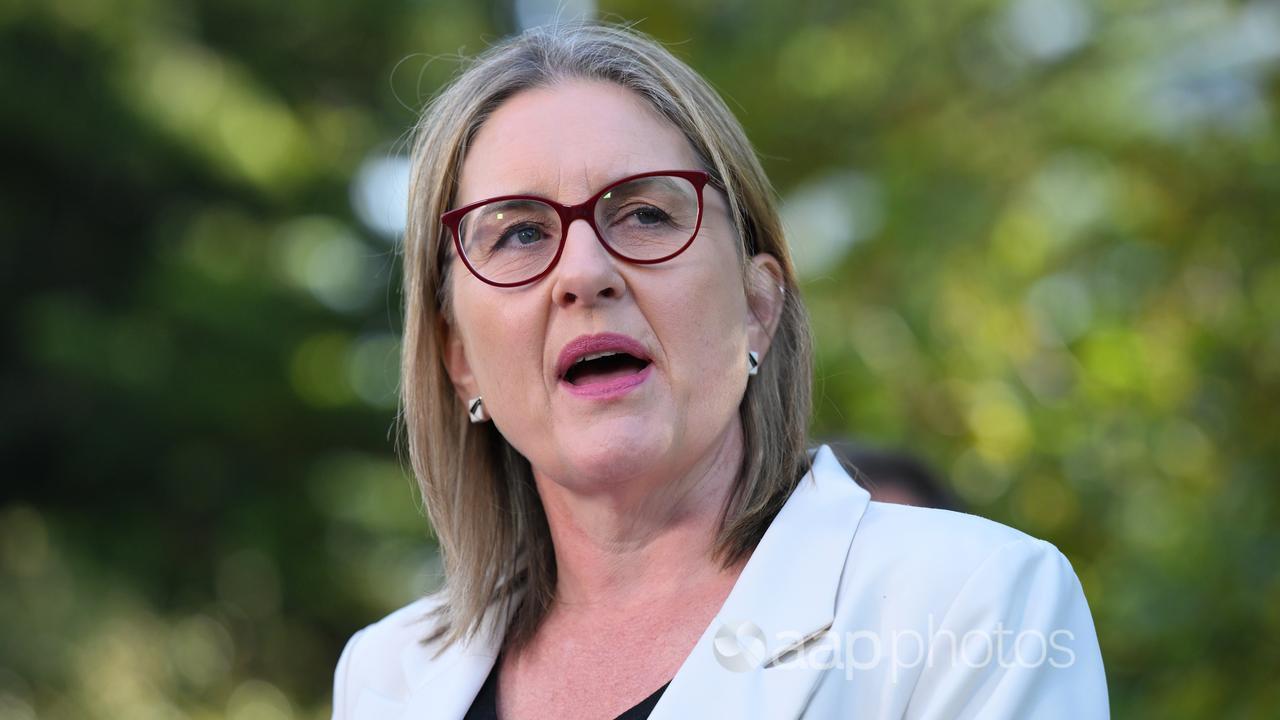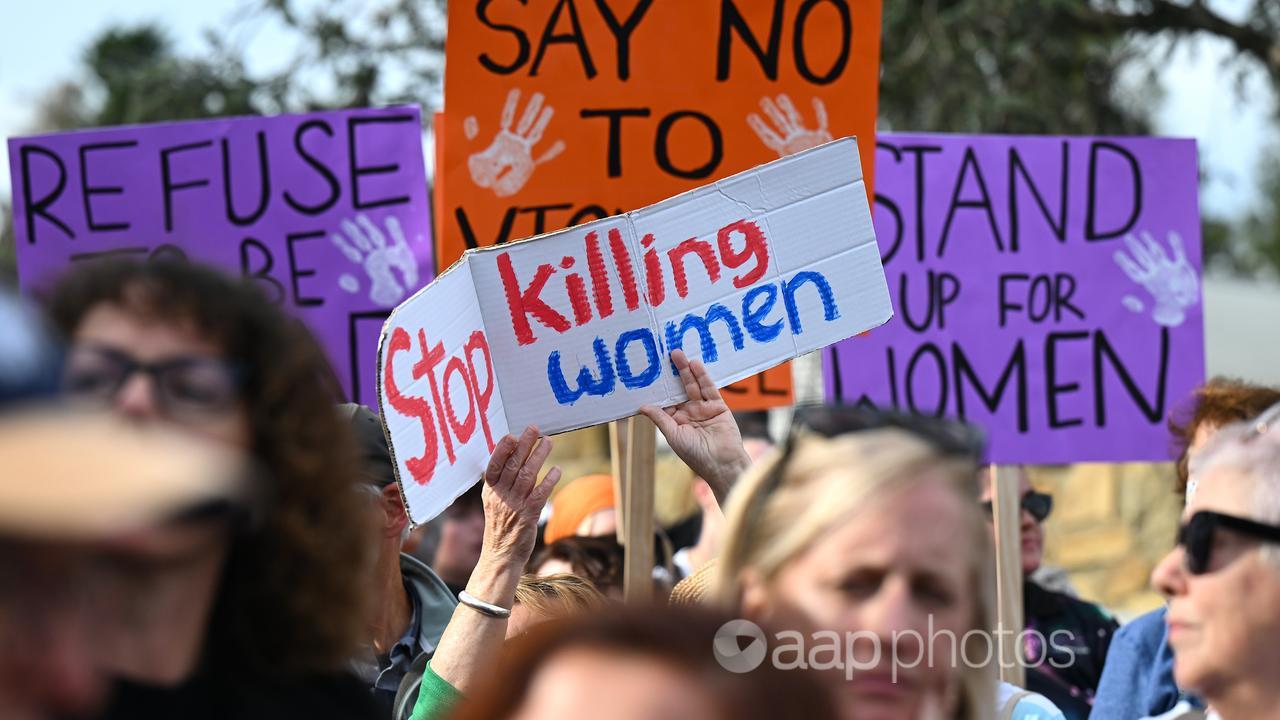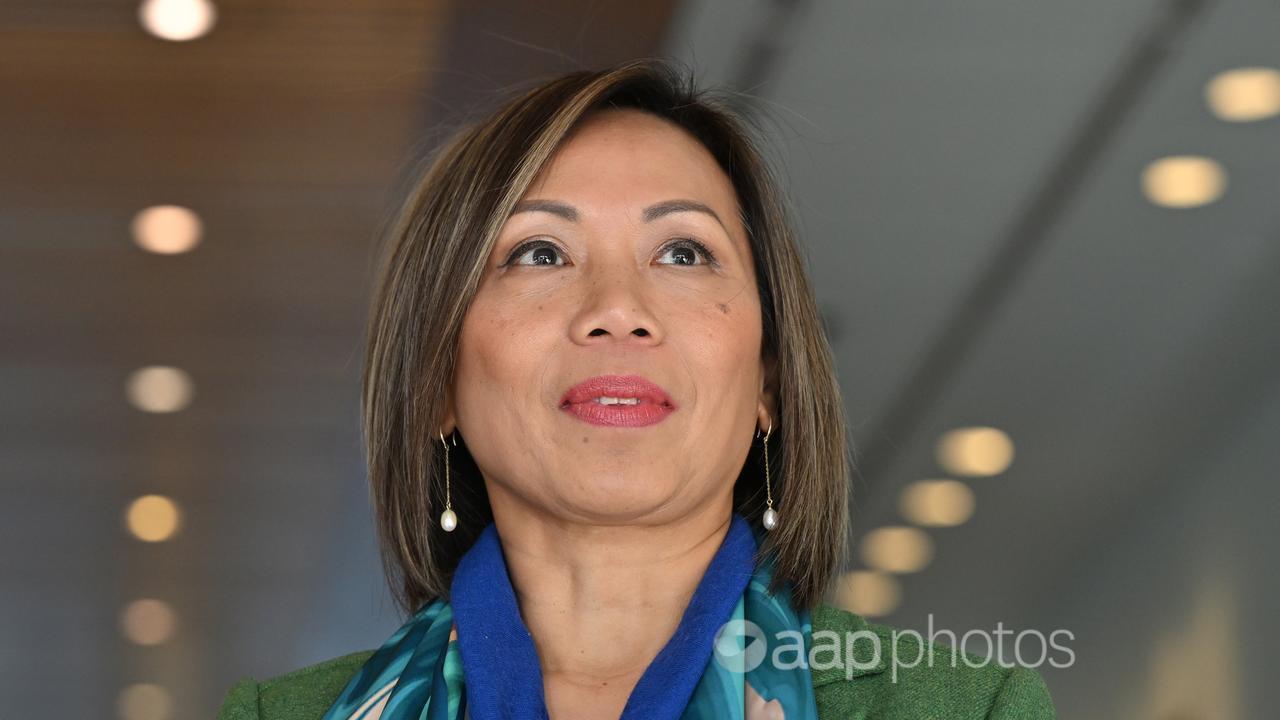Australian Associated Press (AAP) is the country’s only independent national newswire. We’ve been creating objective, trusted news content for more than 85 years.
As a newswire, our job is to produce fast, accurate news content. We create text articles and photographs about Australian current affairs across politics, finance, courts, sport and more. We do this around the clock, 24 hours a day, every day of the week.
We then provide this content to our subscribers, which include newspapers, radio and television stations as well as governments and the corporate sector. Our news content is published by more than 400 media outlets across Australia.
As a not-for-profit, independent news organisation, AAP is driven by a Charter of Editorial Independence. We are free from government, corporate, client or other influence. We don’t publish any advertising around our news stories and we are not compromised by relying on a single person or entity for funding. This means we make our own decisions about the news we cover and how we report it.
Organisations across Australia subscribe to our newswire because we guarantee our news stories are impartial and factual.
We created AAP FactCheck to serve the public by working to minimise both the spread and impact of misinformation.
In 1935, when AAP was formed, news stories were published using finite resources: newspapers had limited pages, radio and television news broadcasts had limited airtime. Because of these conditions, there were few people who determined what should make the news. A limited number of people were able to tell news stories or be featured in them.
Fast forward to today and news travels across the world at lightning speed across many different technologies. A news story might be identified via social media or sparked by an emailed tip. News and information can also be created and shared by just about anyone at any time. More people than ever can now create and contribute to news stories.
The down-side of this is it’s now easier than ever for false claims to be created and circulated. Images can be manipulated. Sources may have ulterior motives or may not be who they claim to be.
There’s no doubt new technologies have contributed to a rise in misinformation, but regardless, AAP FactCheck still begins every investigation with three very simple questions:
- Who made this claim? Are they who they say they are? Are they qualified to make claims about this topic?
- What’s the evidence to support this claim? Are the claims true and trustworthy? Are all included pictures and videos a fair and accurate reflection of the facts?
- What do trusted sources say about this claim? We use multiple sources to verify claims and draw on leading experts in the relevant fields.
Arriving at the answers to those questions can require levels of digital investigation skill that not every member of the public possesses. However, the simple act of asking those questions will help develop and cement the critical thinking skills that are fundamental to reducing the impact of misinformation.
A 2021 study by the University of Canberra found 38 per cent of Australians had encountered misinformation about COVID-19 in a typical week, highlighting how widespread this problem is. Misinformation has been blamed for contributing to racist allegations and behaviours, illegal and dangerous activities and poor health decisions. It challenges our ability to make timely and properly informed decisions.
But while Covid-19 has increased public discussion about the impact of online misinformation, this issue has been brewing for some time. Bots and trolls were used to push out false claims about the cause of the 2019 Black Summer bushfires across social media. False claims circulated online during the 2019 federal election and may have challenged electoral fairness.
To help address this tidal wave of misinformation, we established AAP FactCheck in 2019. Since then, we have created articles debunking hundreds of pieces of false content, and each article we write has an exponential impact online, where it is used to identify and limit the spread of matching content.
The AAP FactCheck team features experienced journalists trained in traditional and digital fact-checking methods. This team follows AAP’s Code of Practice and works within a framework that is compliant with international best practice.
AAP is accredited with the Poynter Institute’s International Fact-Checking Network which supports more than 100 organisations around the world to fight misinformation.
We will continue to invest in our fact-checking operations at AAP not only because this aligns with our commitment to fact-based journalism, but also because it drives our mission as a not-for-profit organisation. We believe we can serve the Australian public by supporting access to timely and accurate information. We also believe if we are transparent about how we fact-check, we can show citizens how they too can become fact-checkers.
In joining with Facebook to launch our media literacy campaign across social media, we hope to encourage all Australians to ask the same critical questions we ask when faced with claims. We also hope this campaign will encourage and support citizens to use fact-checking to keep their own networks and communities safe from harm – and thriving on knowledge.

